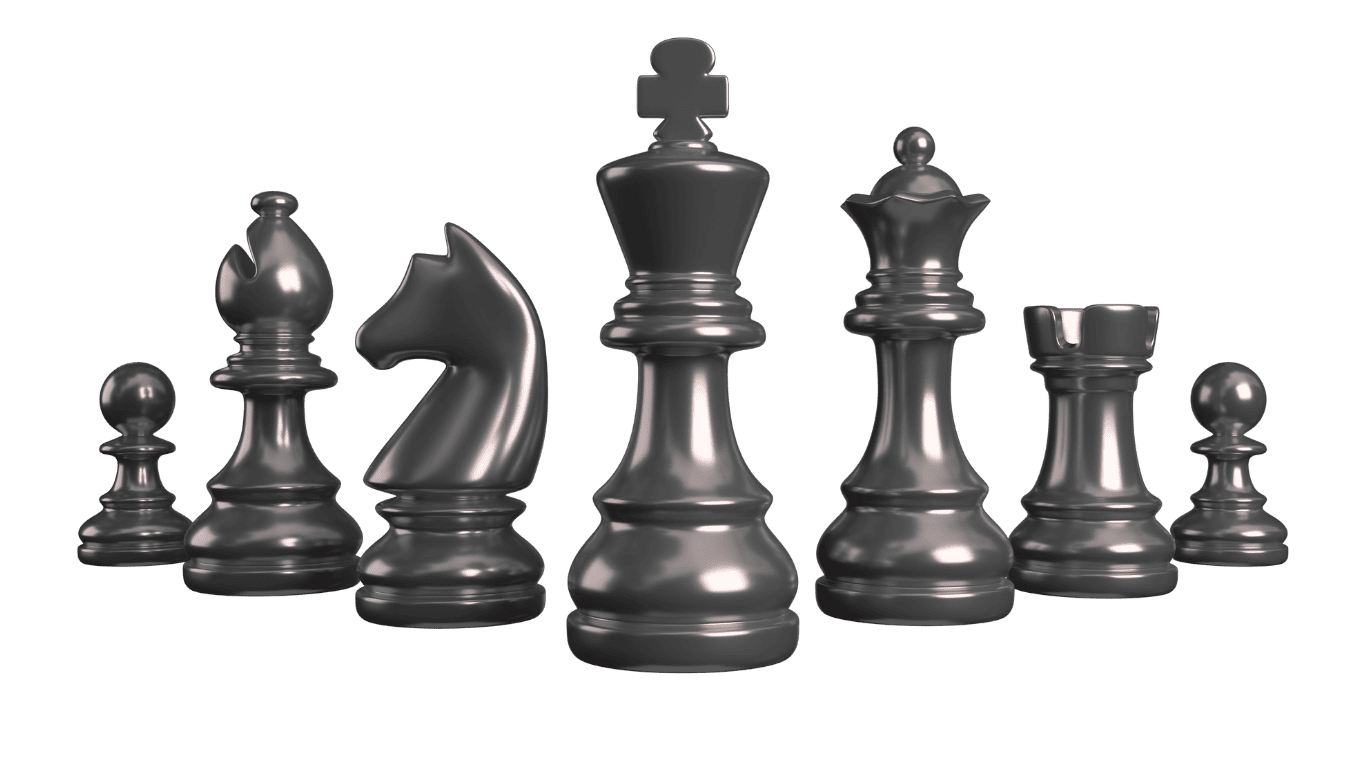Where Your Sales Process Meets Value
Problem Solving — The Name of the Game
This section helps you understand that every product must solve a real problem, fit into the customer’s timeline, and support the sales journey through content.
I will show you how to:
Identify the problem
Offer the solution
Map the buyer’s journey
Create content that closes

The Product Strategy?
Once you've clarified the problem and positioned your offer, the next move is building a system that brings it to life. This is where product strategy becomes real — through content, timelines, automation, and positioning. You need to map out the entire process: what content needs to be created, how it’s scheduled, what platforms you’re using, and what tools you’ll need to execute. Your product doesn’t just need to exist — it needs to move, and your job is to design that movement with intention. This section is about turning strategy into structure — and making it repeatable.

What Are the Sales Process?
Here is 5 Steps to Sale Anything
